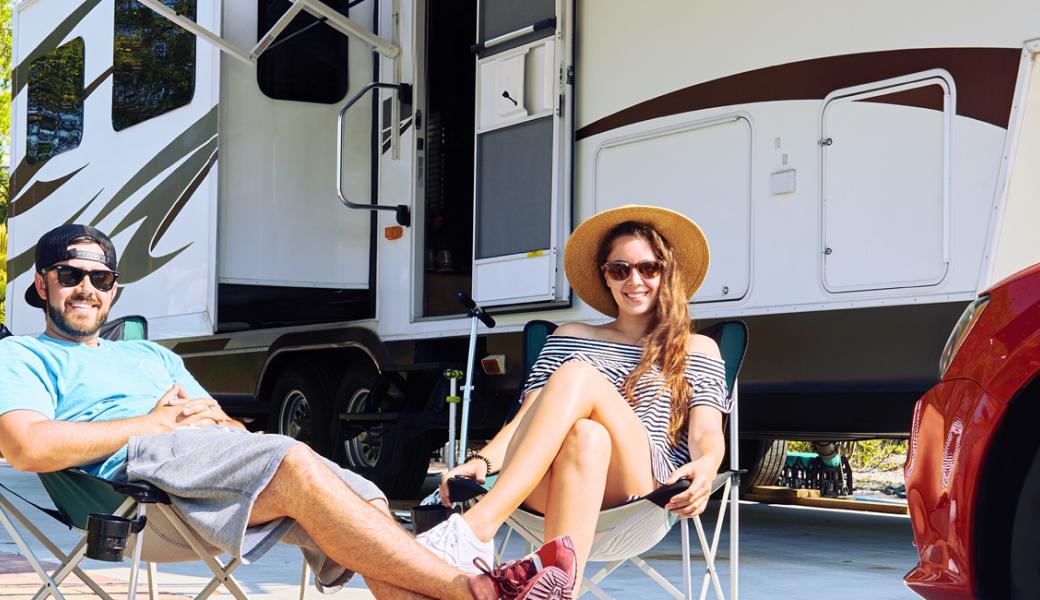Shorter Trips, State Parks, And Outdoor Recreation Trending With New RV Buyers

New data into the motivation and trip preferences of people who purchased RVs since the onset of the pandemic reveal trends towards shorter trips and a preference for state parks. Less than one-third of new RV owners took trips more than 300 miles in length. Rather, the majority of new buyers (54%) opted to stay closer to home with trips under 200 miles.
With this preference to stay closer to home, it is not surprising that state parks and recreation area campgrounds topped the list of ideal campgrounds for this group of new buyers. RV resorts, private campgrounds, and national park campgrounds trailed slightly behind in the results.
The desire to get outdoors and participate in outdoor recreation was also a trend with fishing, hiking, mountain biking, and water recreation activities topping the list of actives these new buyers participated in while RVing. Additionally, the desire to explore and use an RV as a basecamp for other forms of outdoor recreation was a primary reason for purchasing an RV for 33% and 27% of respondents, respectively.
“When we looked at the motivations for purchasing an RV over the past year, we found the reasons were the same as they had always been for buying an RV: the love of road trips, a desire to travel in comfort, wanting to explore the great outdoors, and the ability to use an RV as a basecamp for other outdoor recreation activities,” RV Industry Association President & CEO Craig Kirby. “While many new buyers reported the pandemic did have some impact on their decision to purchase, the survey results showed ‘restriction on other travel due to COVID’ came in fourth from the bottom of the list. This really shows that people didn’t buy RVs over the past year because there weren’t any other options, they bought RVs because of the endless opportunities RVing provides to travel and get outdoors.”
The survey, commissioned by the RV Industry Association, included 800 completed surveys which were completed online via an outbound solicitation sent to a cross-section of U.S. residents via online panel sources that are statistically balanced to ensure the sample drawn from is representative of the U.S. population along key demographics including age, gender, income, and ethnicity.
Please Sign in to View
Log in to view member-only content.
If you believe you are receiving this message in error contact us at memberservices@rvia.org.
